Exhibition dates: 2nd May – 2nd November 2014
Curator: National Portrait Gallery Senior Curator of Photographs Ann Shumard
Yousuf Karsh (Armenian-Canadian, 1908-2002)
Muhammad Ali
1970
Gelatin silver print
Image/Sheet: 50.2 x 40.3cm (19 3/4 x 15 7/8″)
National Portrait Gallery, Smithsonian Institution
© Estate of Yousuf Karsh
Decisive exposure
Whether there was, or he understood there to be, a “decisive” moment when Eugène Atget took a photograph is unknown… but I think that what he was trying to achieve was something different. In Atget there is a decisive exposure – or (seemingly extended) time – of the image. In Cartier-Bresson this perception has shrunk to a millisecond but it is still there. Not so different, just this intensity – COMPRESSED.
In Yousuf Karsh I believe that there is more an EXPANSION of time in the portraits – the decisive exposure is drawn out over the length of his engagement and dialogue with his sitters (with out seeing the caption you KNOW that is Robert Oppenheimer – I had not seen the image before but I sensed it instinctively, intuitively, it could be nobody else). He seems to ‘draw out’ some magical element in all of his sitters = they never just ‘sit’ for him, but actively engage in a dialogue that evidences some sense of being that is unique and timeless… an expansion of consciousness? an expansion of decisive exposure. Decisive – immediate; exposure – time / representation.
These are thoughts still forming in my head, a new way of looking at photography that relies less on instant gratification and more on intensities – of feeling, of thinking, of time, of representation.
Dr Marcus Bunyan
.
Many thankx to the National Portrait Gallery for allowing me to publish the photographs in the posting. Please click on the photographs for a larger version of the image.
In celebration of a major gift to its collection of more than 100 portraits created by renowned photographer Yousuf Karsh (1908-2002), this exhibition features iconic photographs of Americans who have distinguished themselves in fields as diverse as business, medicine, entertainment, politics and the arts. Among the portraits included are those of artist Georgia O’Keeffe, physician and virologist Jonas Salk, singer Marian Anderson, actress Grace Kelly, businesswoman Elizabeth Arden, architect I. M. Pei and first lady Eleanor Roosevelt. Yousuf Karsh: American Portraits is the museum’s first exhibition devoted entirely to the work of this internationally recognised portrait photographer, and it will be presented in two installations.
Yousuf Karsh (Armenian-Canadian, 1908-2002)
Grace Kelly
1956
Gelatin silver print
Image: 24 x 19.4cm (9 7/16 x 7 5/8″)
National Portrait Gallery, Smithsonian Institution
© Estate of Yousuf Karsh
A luminous beauty whose film career spanned just six years (1951-56), Grace Kelly left an indelible legacy with her performances in eleven motion pictures, many of which remain Hollywood classics. After her 1951 film debut in a minor role, she received wide notice for her performance opposite Gary Cooper in High Noon (1952). A year later, Kelly garnered her first Academy Award nomination for her work in Mogambo (1953). In 1954 she starred in four major releases, including the Alfred Hitchcock thrillers Dial M for Murder and Rear Window, and the drama The Country Girl, for which she won the Best Actress Oscar. Kelly scored additional hits with To Catch a Thief (1955) and the musical High Society (1956) before ending her Hollywood career to marry Monaco’s Prince Rainier in April 1956.
When Grace Kelly posed for Karsh’s camera, she was recently engaged and about to begin her new life as Monaco’s Princess Grace.
Text from the Smithsonian website
Yousuf Karsh (Armenian-Canadian, 1908-2002)
Ernest Hemingway
1957
Gelatin silver print
Image: 24 x 19.1cm (9 7/16 x 7 1/2″ )
Sheet: 33.8 x 26.2cm (13 5/16 x 10 5/16 in.)
National Portrait Gallery, Smithsonian Institution
© Estate of Yousuf Karsh
In 1954, when Ernest Hemingway received the Nobel Prize in Literature, the committee cited his “mastery of the art of modern narration.” In fact, through his short stories and such novels as The Sun Also Rises (1926) and For Whom the Bell Tolls (1940), Hemingway had, with his terse, powerful prose, in large measure invented a new literary style as he chronicled the disillusionment of the post-World War I “lost generation.” Hemingway’s own experiences – reporting foreign wars, living the bohemian life in Paris, and adventuring in Africa, Spain, and Cuba – fuelled his imagination and helped foster his larger-than-life public persona.
When Karsh traveled to Cuba in 1957 to photograph Hemingway, he “expected to meet in the author a composite of the heroes of his novels.” Instead, the photographer recalled, “I found a man of peculiar gentleness, the shyest man I ever photographed – a man cruelly battered by life but seemingly invincible.”
Text from the Smithsonian website
Yousuf Karsh (Armenian-Canadian, 1908-2002)
Albert Einstein
1948
Gelatin silver print
Image: 27.3 x 26.1cm (10 3/4 x 10 1/4″)
National Portrait Gallery, Smithsonian Institution
© Estate of Yousuf Karsh
Albert Einstein transformed the world of physics with his groundbreaking theory of relativity, and in 1921 he received the Nobel Prize for “his services to theoretical physics” and “his discovery of the law of photoelectric effect.” The German-born physicist was visiting the United States when Hitler and the Nazis came to power in his homeland in 1933. Einstein never returned to Germany. Instead, he accepted a position at the Institute for Advanced Study in Princeton, New Jersey – the newly established academic institution that would become a major centre for research in theoretical physics. In residence at the institute for the remainder of his life, Einstein continued to publish, work on the interpretation of quantum theory, and wrestle without success on his unified field theory. He became a U.S. citizen in 1940.
Karsh relished the opportunity to photograph Einstein, whose face, “in all its rough grandeur, invited and challenged the camera.”
Text from the Smithsonian website
Yousuf Karsh (Armenian-Canadian, 1908-2002)
Sir Winston Leonard Spencer Churchill
1941
Gelatin silver print
Image/Sheet (Image/Sheet, Accurate): 34.3 x 26.8cm (13 1/2 x 10 9/16″)
National Portrait Gallery, Smithsonian Institution
© Estate of Yousuf Karsh
In 1941, as war raged in Europe and the Pacific, British prime minister Winston Churchill traveled to Washington for meetings with President Franklin Roosevelt before continuing on to Ottawa, where he delivered a rousing speech before the Canadian Parliament on December 30. Canada’s prime minister, Mackenzie King – an early admirer of Yousuf Karsh’s work – arranged for Karsh to attend Churchill’s address and to be in position to photograph the British leader as he later passed through the Speaker’s Chamber. Surprised to discover that he was to be photographed, Churchill grudgingly agreed to give Karsh two minutes for the shot but declined the photographer’s gentle entreaty to relinquish his freshly lit cigar. Undeterred, Karsh deftly removed the cigar from Churchill’s mouth and quickly made his exposure as Britain’s “roaring lion” glowered at the camera. The resulting image – one of the 20th century’s most iconic portraits – effectively launched Karsh’s international career.
In 1963, Churchill became the first foreign national to be granted honorary U.S. citizenship by the U.S. Congress.
Text from the Smithsonian website
Yousuf Karsh (Armenian-Canadian, 1908-2002)
I. M. Pei
1979
Gelatin silver print
Image: 28 x 21.5cm (11 x 8 7/16″)
National Portrait Gallery, Smithsonian Institution
© Estate of Yousuf Karsh
One of the most influential architects to emerge in the decades following World War II, I. M. Pei is recognised throughout the world for his striking, high-modernist designs. Drawn to the United States to study architecture in 1935, Pei earned his undergraduate degree from MIT and later completed graduate work at Harvard. After first directing the architectural division of a large real-estate concern, Pei founded his own architecture firm in 1955, one year after becoming a U.S. citizen. As his reputation grew, important projects – such as the 1964 commission for the John F. Kennedy Memorial Library – came his way. Pei went on to create such iconic structures as the critically acclaimed East Wing of the National Gallery of Art (1978) and the distinctive glass pyramid that forms the entrance to the Louvre (1988). He has received many major awards, including the coveted Pritzker Prize (1983).
Text from the Smithsonian website
Yousuf Karsh (Armenian-Canadian, 1908-2002)
Yousuf Karsh
c. 1946
Photo blow-up
Gelatin silver print
© Estate of Yousuf Karsh
In celebration of a major gift to its collection of more than 100 portraits created by master photographer Yousuf Karsh (1908-2002), the Smithsonian’s National Portrait Gallery is installing a special exhibition on the first floor of the museum, Yousuf Karsh: American Portraits. This is the second of two installations and will run from May 2 through Nov. 2. Yousuf Karsh: American Portraits is the museum’s first exhibition devoted entirely to the work of this internationally recognised photographer. Each phase of the installation displays 27 photographs. The photographs were a gift to the museum by Estrellita Karsh.
“Yousuf Karsh created some of the most iconic photographic portraits of our time,” said Kim Sajet, director of the National Portrait Gallery. “He not only had the uncanny ability to amplify a person’s character, but also offered everyday people the opportunity to glimpse into the private lives of the men and women who shaped the 20th century in a way that feels both personal and real. I am thrilled to have his important work play an integral part in building the nation’s collection of portraits.”
A refugee from persecution in his native Armenia, Karsh immigrated to Canada in 1925. His uncle, a professional photographer, facilitated Karsh’s apprenticeship with the renowned Boston portrait photographer John H. Garo in 1928. By the time Karsh returned to Canada, he had “set [his] heart on photographing those men and women who leave their mark on the world.” In May 1933, he opened his portrait studio in Ottawa.
Karsh developed his distinctive portrait style by drawing inspiration from a variety of sources. Introduced to stage lighting techniques through his association with the Ottawa Drama League, he experimented with artificial lighting to achieve the dramatic effects that became the hallmark of his portraiture. Believing that “the heart and mind are the true lens of the camera,” Karsh also developed a genuine rapport with his sitters and partnered with them to fashion portraits that were both revealing and respectful.
During a distinguished career that spanned more than six decades, Karsh believed that “the heart and mind are the true lens of the camera,” and he developed a genuine rapport with his subjects to fashion evocative and revealing portraits. This installation features Americans who have distinguished themselves in fields as diverse as business, medicine, entertainment, politics and the arts. Among the portraits included are Martha Graham, Helen Keller, Jackie Kennedy, Andy Warhol, Ellie Wiesel, Muhammad Ali and First Lady Eleanor Roosevelt. The museum has previously collected seven photographs by Karsh, including one of the most famous photographs of Winston Churchill, which became known as the “roaring lion,” and a colour photograph of the beloved creator of Peanuts, Charles Schultz. While the photographer is known for his work in black and white, the museum is also showing several works in colour.
Press release from the National Portrait Gallery website
Yousuf Karsh (Armenian-Canadian, 1908-2002)
Eleanor Roosevelt
1944
Gelatin silver print
Image: 31.5 x 25.5cm (12 3/8 x 10 1/16″)
National Portrait Gallery, Smithsonian Institution
© Estate of Yousuf Karsh
As the nation’s first lady, Eleanor Roosevelt rapidly expanded her role from hostess to advocate and emerged as a vital force in her husband Franklin’s administration. She took public stands on issues ranging from exploitative labor practices to civil rights, but more important, she often urged her husband toward measures he might otherwise have avoided. When the challenges of World War II drew the president’s attention from domestic affairs, she continued to be a strong voice for the New Deal’s social welfare policies. The activism that characterised Eleanor Roosevelt’s years as first lady did not end with her departure from the White House. As a U.S. delegate to the United Nations (1945-1953), she was instrumental in formulating the Universal Declaration of Human Rights and securing its ratification by the General Assembly in 1948.
Eleanor Roosevelt’s hands were seldom still, and Karsh captured their expressive qualities in this portrait.
Text from the Smithsonian website
Yousuf Karsh (Armenian-Canadian, 1908-2002)
Ingrid Bergman
1946
Gelatin silver print
Image/Sheet: 33.7 x 26.3cm (13 1/4 x 10 3/8″)
National Portrait Gallery, Smithsonian Institution
© Estate of Yousuf Karsh
Yousuf Karsh (Armenian-Canadian, 1908-2002)
Humphrey Bogart
1946
Gelatin silver print
Image: 35.5 x 27.9cm (14 x 11″)
National Portrait Gallery, Smithsonian Institution
© Estate of Yousuf Karsh
Yousuf Karsh (Armenian-Canadian, 1908-2002)
Martha Graham
1948
Gelatin silver print
Image: 28 x 21.6cm (11 x 8 1/2″)
National Portrait Gallery, Smithsonian Institution
© Estate of Yousuf Karsh
Yousuf Karsh (Armenian-Canadian, 1908-2002)
Isamu Noguchi
1980
Gelatin silver print
Image: 28 x 21.6cm (11 x 8 1/2″)
National Portrait Gallery, Smithsonian Institution
© Estate of Yousuf Karsh
Yousuf Karsh (Armenian-Canadian, 1908-2002)
Jacqueline Kennedy Onassis
1957
Gelatin silver print
Image: 24.1 x 19.1cm (9 1/2 x 7 1/2″)
National Portrait Gallery, Smithsonian Institution
© Estate of Yousuf Karsh
Yousuf Karsh (Armenian-Canadian, 1908-2002)
Robert Oppenheimer
1956
Gelatin silver print
Image: 31.6 x 25.5cm (12 7/16 x 10 1/16″)
National Portrait Gallery, Smithsonian Institution
© Estate of Yousuf Karsh
Yousuf Karsh (Armenian-Canadian, 1908-2002)
Paul Robeson
1941
Gelatin silver print
Image: 49.2 x 39.5cm (19 3/8 x 15 9/16″)
National Portrait Gallery, Smithsonian Institution
© Estate of Yousuf Karsh
Yousuf Karsh (Armenian-Canadian, 1908-2002)
Elie Wiesel
1991
Chromogenic print
Image: 34.2 x 24cm (13 7/16 x 9 7/16″)
Sheet: 35.5 x 27.9cm (14 x 11″)
National Portrait Gallery, Smithsonian Institution
© Estate of Yousuf Karsh
Smithsonian National Portrait Gallery
8th and F Sts NW
Washington, DC 20001
Opening hours:
11.30am – 7.00pm daily

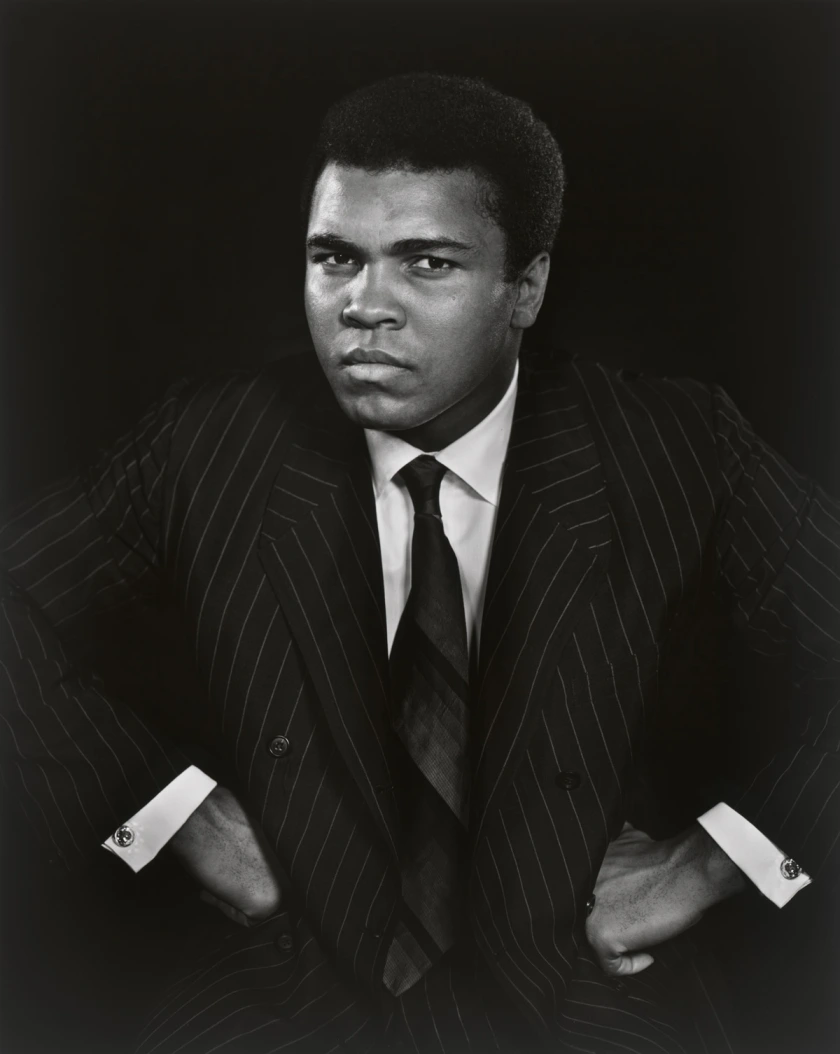

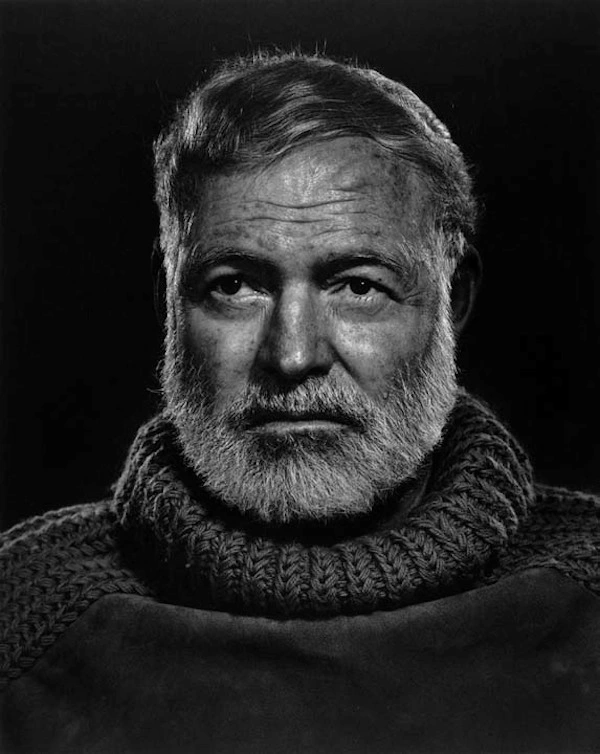
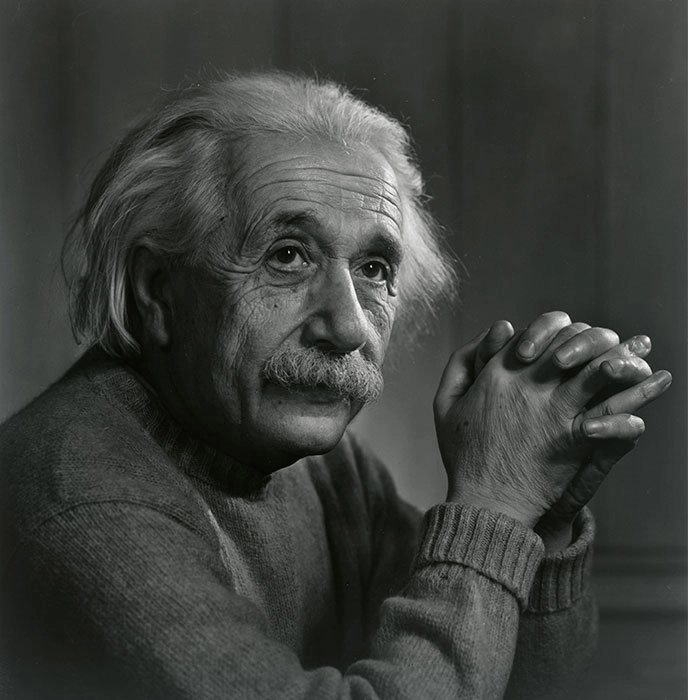
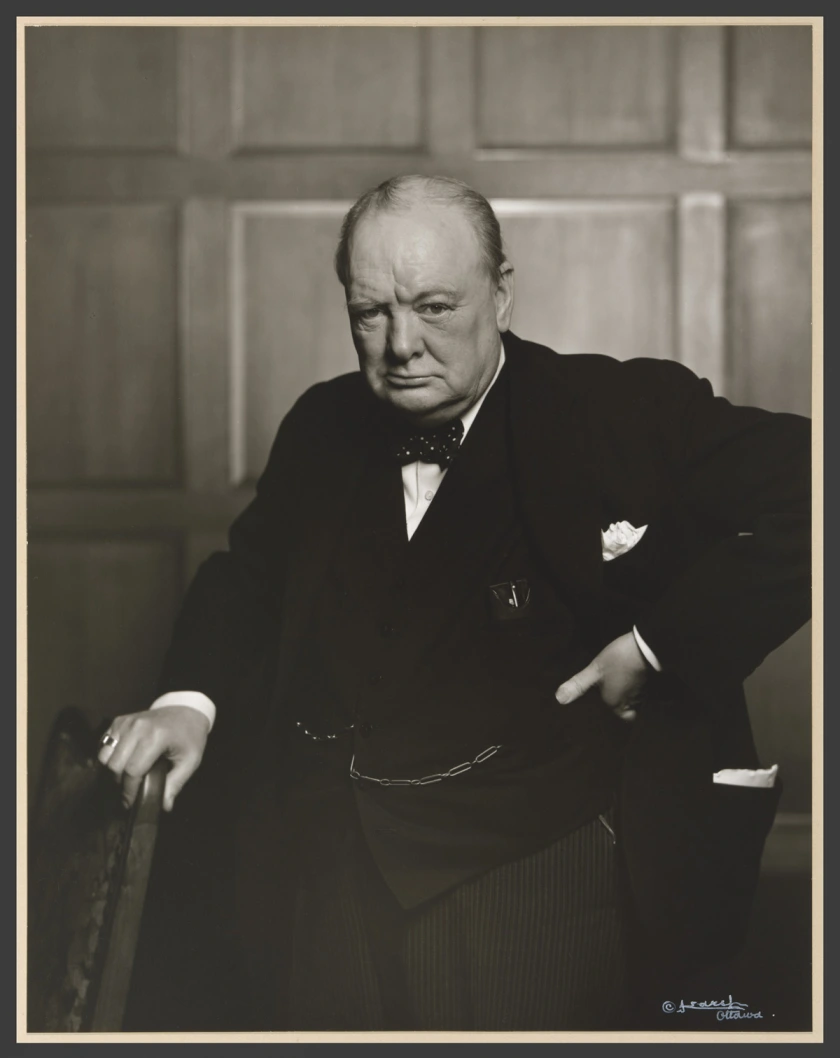


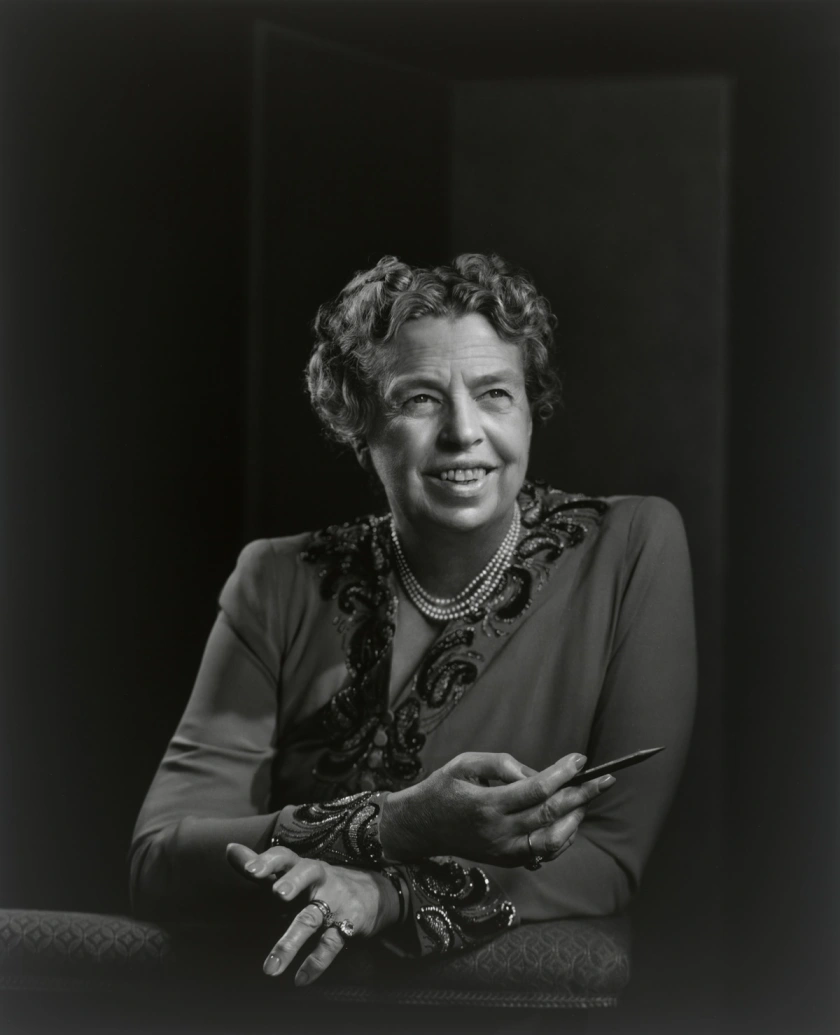

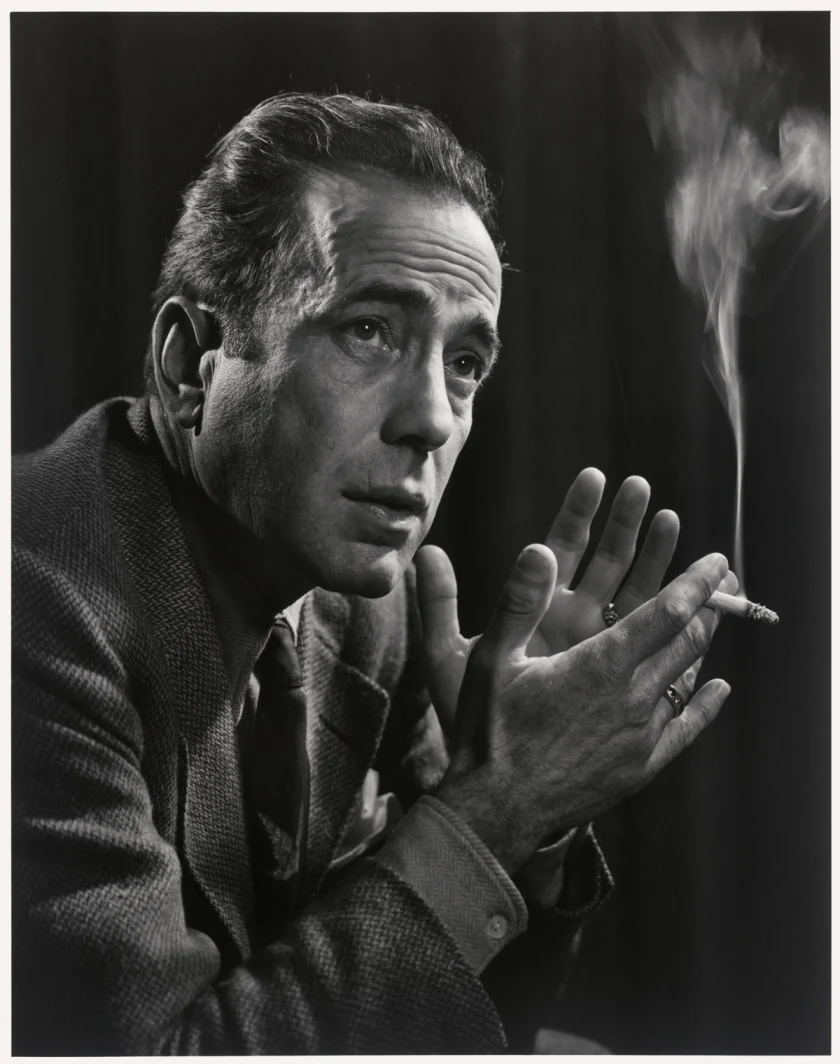
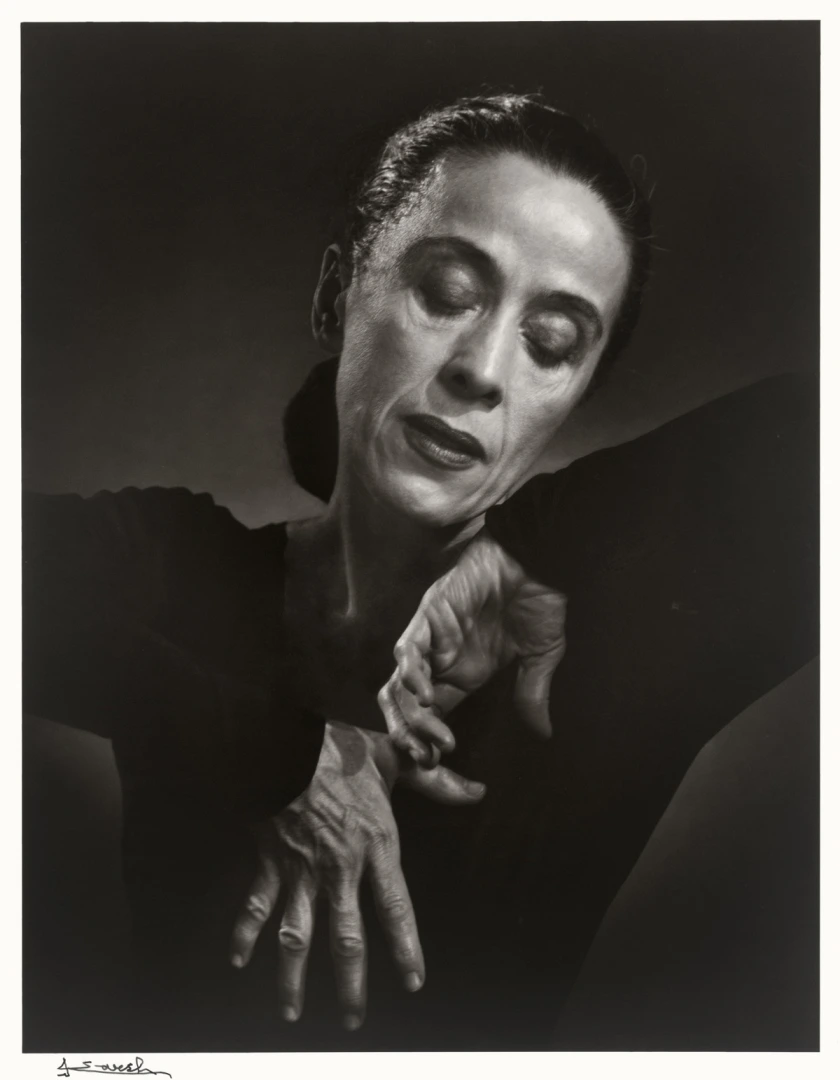

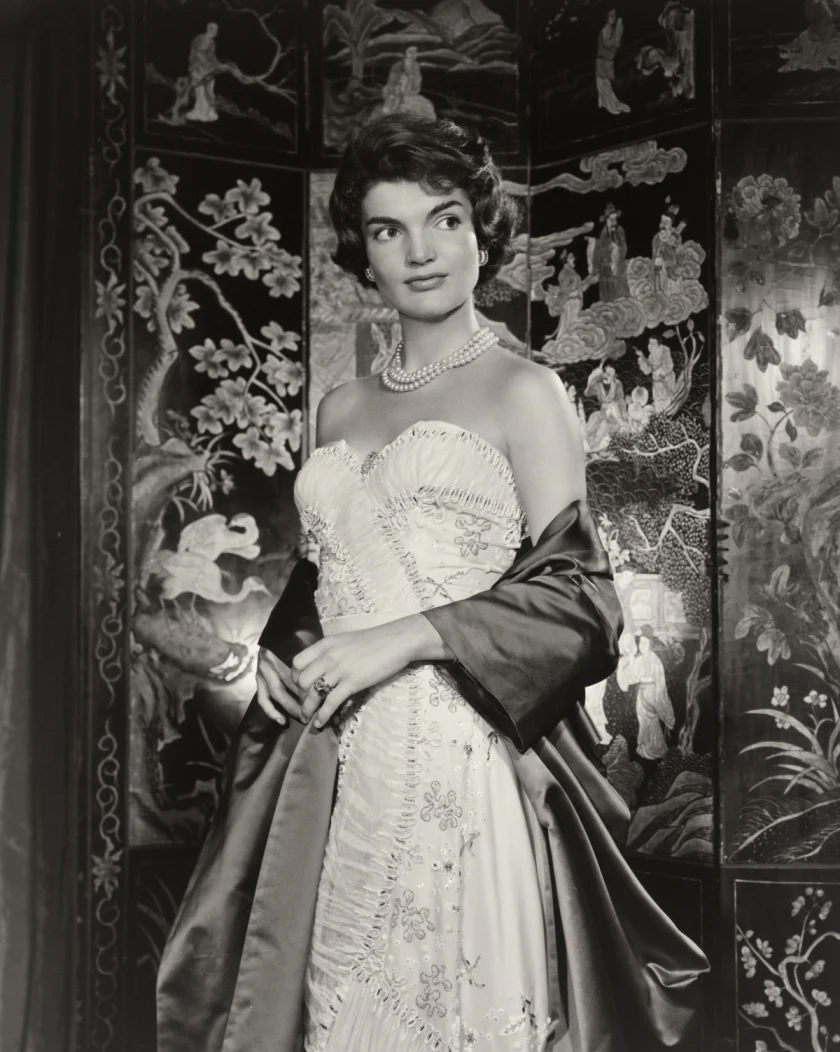
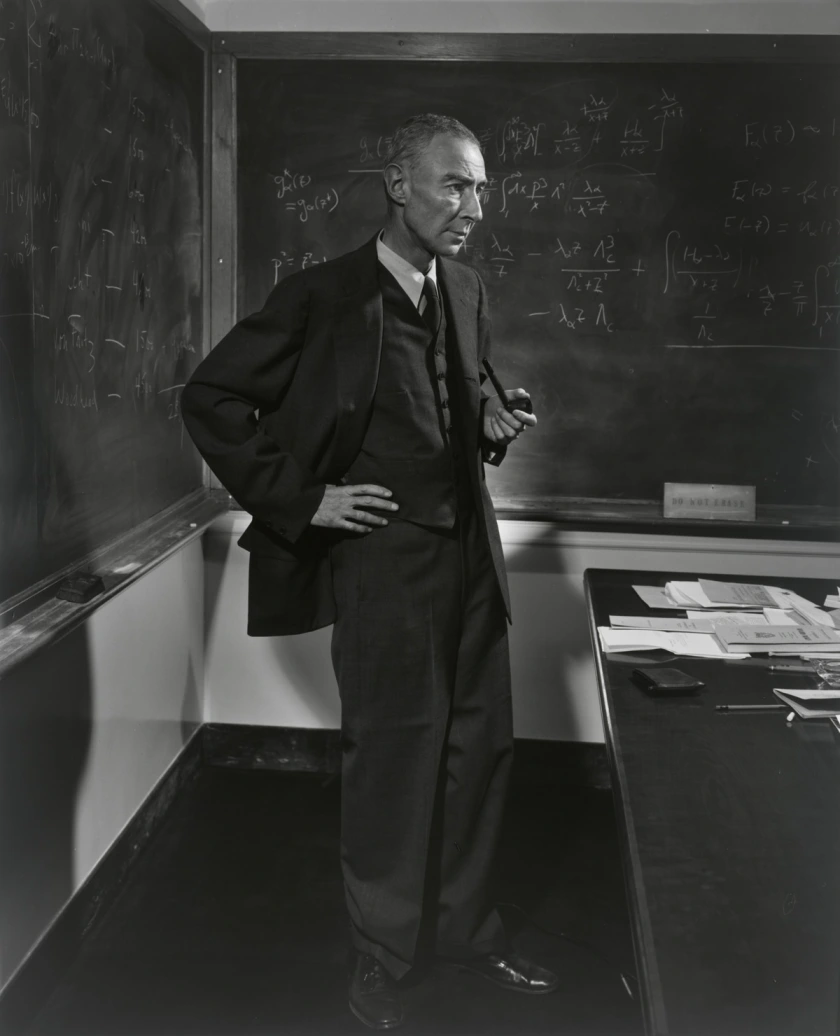

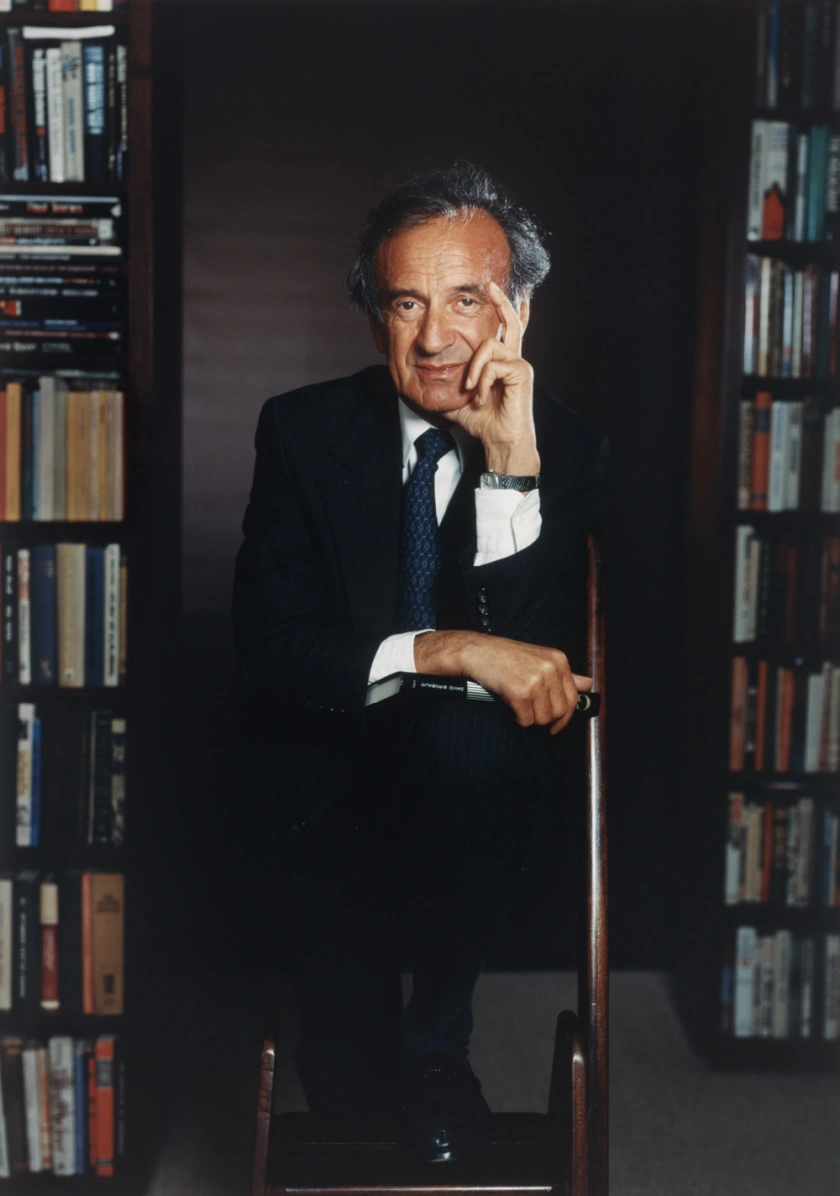
You must be logged in to post a comment.